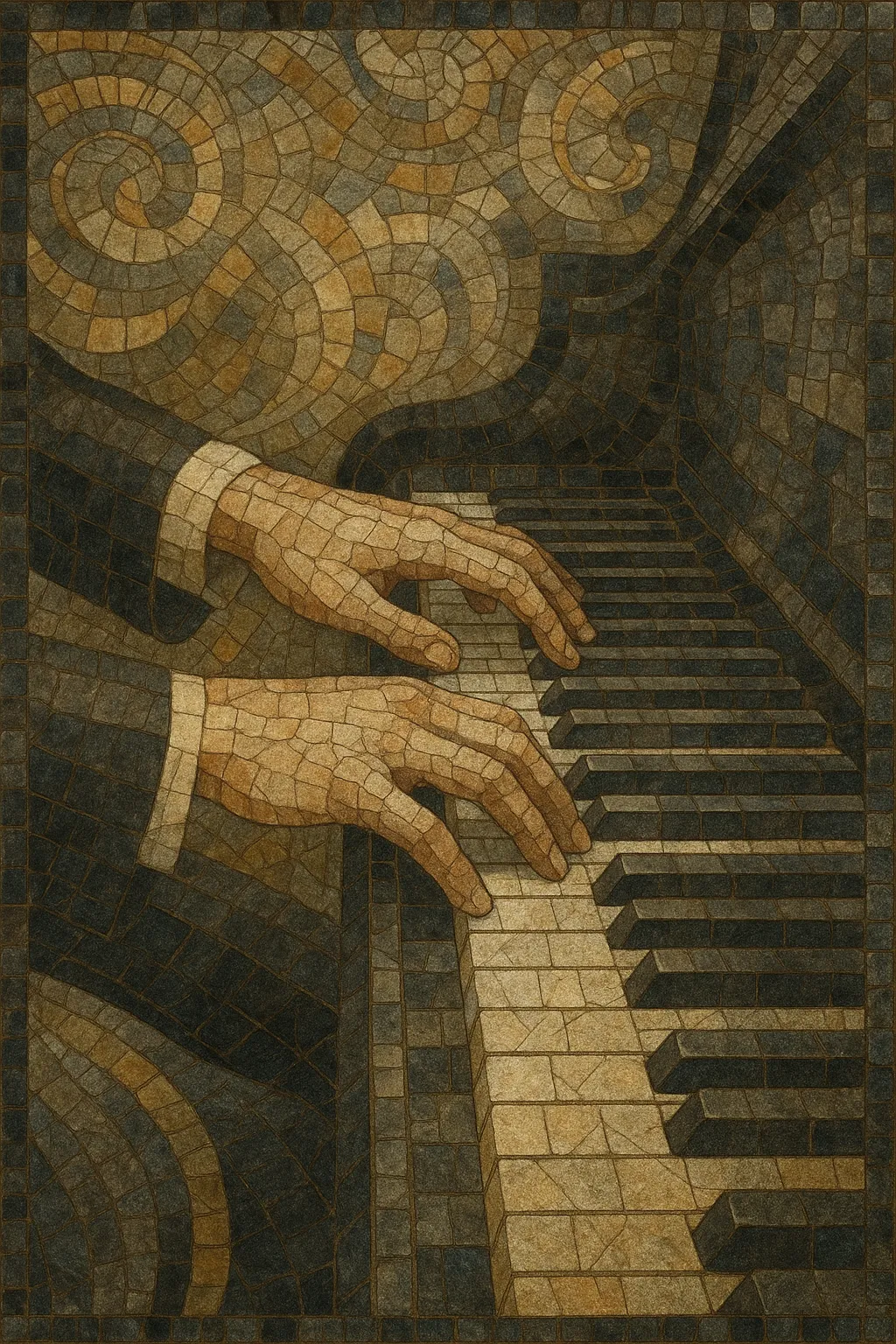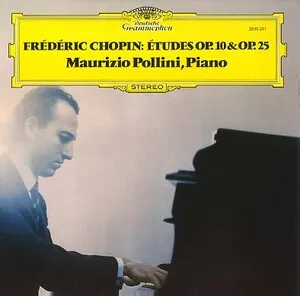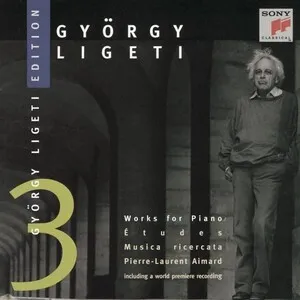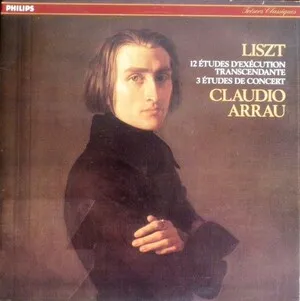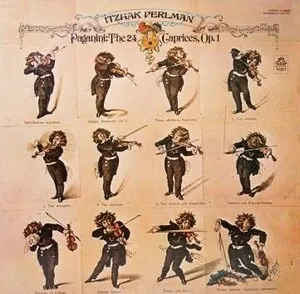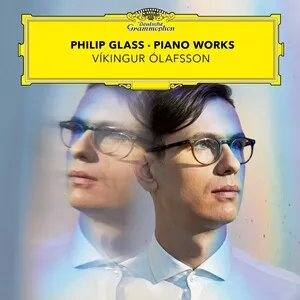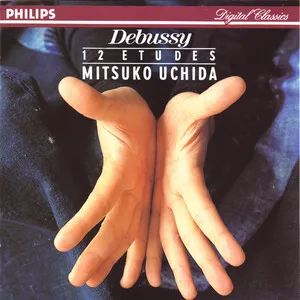An étude is a short solo instrumental piece, most commonly for piano, designed to develop a specific technical skill while also standing as a musically satisfying work.
Emerging in the early 19th century from pedagogical "studies," the concert étude transformed drill-like patterns (arpeggios, octaves, double notes, leaps, rapid scales, polyrhythms) into expressive miniatures suitable for the stage. Typical études are through-composed or ternary in shape, last a few minutes, and center on a single technical focus that is woven into the musical fabric.
Although most associated with the piano, the étude tradition extends to violin, winds, brass, and other instruments, where sets of studies target instrument-specific techniques. Over time the genre has ranged from classical tonality (Czerny, Chopin) to late-Romantic and modern harmonic languages (Rachmaninoff, Scriabin, Debussy) and into avant-garde textures and extended techniques (Ligeti).
Keyboard "studies" existed in the late Classical era (e.g., Clementi, Cramer), but the explicitly named "étude" crystallized in early 19th‑century Parisian and Central European circles. Conservatories and publishers fostered a market for didactic pieces that codified specific techniques while encouraging musical taste.
Frédéric Chopin elevated the étude to concert repertoire with Opp. 10 and 25 (1829–1839), integrating poetic expression and refined harmony with targeted technical problems. Franz Liszt’s studies (from the 1820s, revised as the Transcendental Études, 1852) expanded virtuosity and drama, aligning the genre with the public virtuoso culture. Carl Czerny standardized pedagogical pathways through large cycles that remain foundational to piano technique.
Following Chopin and Liszt, composers such as Moritz Moszkowski and Leopold Godowsky (who famously reimagined Chopin’s études) deepened the technical and contrapuntal possibilities. Claude Debussy’s 12 Études (1915) reframed the genre as witty, coloristic explorations of intervals and touch, reflecting Impressionist harmony and pianism.
The form persisted as a laboratory for technique and style: Alexander Scriabin and Sergei Rachmaninoff fused late-Romantic intensity with evolving harmonic vocabularies; Sergei Prokofiev emphasized athletic motor rhythms; György Ligeti’s Études (1985–2001) married polyrhythms, metric illusions, and post-tonal harmony, redefining the modern concert étude. Meanwhile, instrumental études across violin, winds, and brass (e.g., Kreutzer, Ferling, Charlier) sustained the genre’s core pedagogical role. Today, composers continue to use études to test extended techniques, spectral color, and post-minimalist patterning while retaining their dual identity as studies and concert pieces.
Start by selecting one primary technical problem (e.g., arpeggios, octaves, double-thirds/sixths, repeated notes, wide leaps, chromatic runs, polyrhythms, hand-crossings, voicing a melody within figurations). All musical decisions should reinforce this focus.
For piano: design a recurring figuration that sits naturally under the hand yet pushes its limits. For other instruments: target idiomatic challenges (bowing patterns for violin, articulation/tonguing for winds and brass, embouchure or range work). Ensure the technique is inseparable from the musical idea.
Keep the piece concise (2–5 minutes typical). Use a monothematic or ternary design with continuous variation. Introduce the core figure, expand it via sequence, modulation, texture thickening, registral displacement, and dynamic shaping, and aim for a climactic passage (often a coda) that crystallizes the technical goal.
Adopt a compelling rhythmic engine (even in lyrical études). If exploring polyrhythm or asymmetric groupings, introduce them clearly, then layer complexity gradually. Balance repeatable patterns with micro-variations to avoid monotony.
Write clean, ergonomic patterns with clear fingering/bowing/tonguing cues. Avoid gratuitous difficulty that does not serve the musical rhetoric. Aim for a satisfying arc: a strong opening, development that escalates the challenge, and a conclusive resolution.
Test the piece on the intended instrument, revising awkward spots, and ensure that the musician learns a transferrable skill by the end—hallmark of an effective étude.

